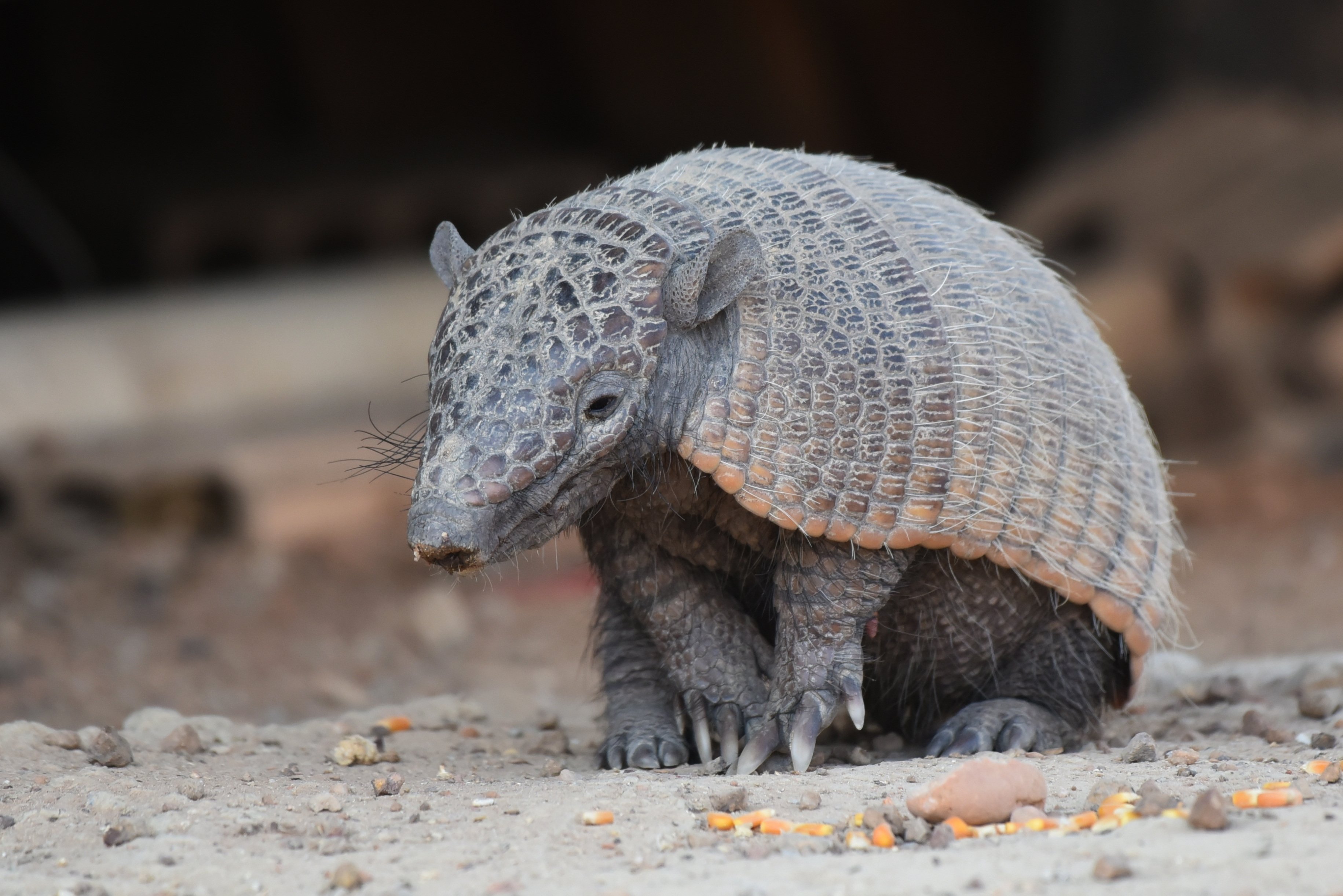Wildlife exists almost everywhere, even in the shadow of civilization. We have only to perceive it in another dimension. Our human senses have been dulled by years of comfort and so-called technological advances. If you are considering moving to a rural location, taking up hunting or trapping, or planning to become more attuned to nature, here are some tips.
Tracks
Tom Brown, Jr., is an author/wildlife expert/tracker extraordinaire who became famous as a tracker of lost humans and criminals in wilderness settings. He established The Tracker School in New Jersey Pine Barrens, where he teaches tracking and wilderness survival.
Much of his early life was recorded in a book titled “The Tracker,” the true story of Brown, as told to William Jon Watkins. Brown authored a book called “The Search” that led to Watkins' later interest.
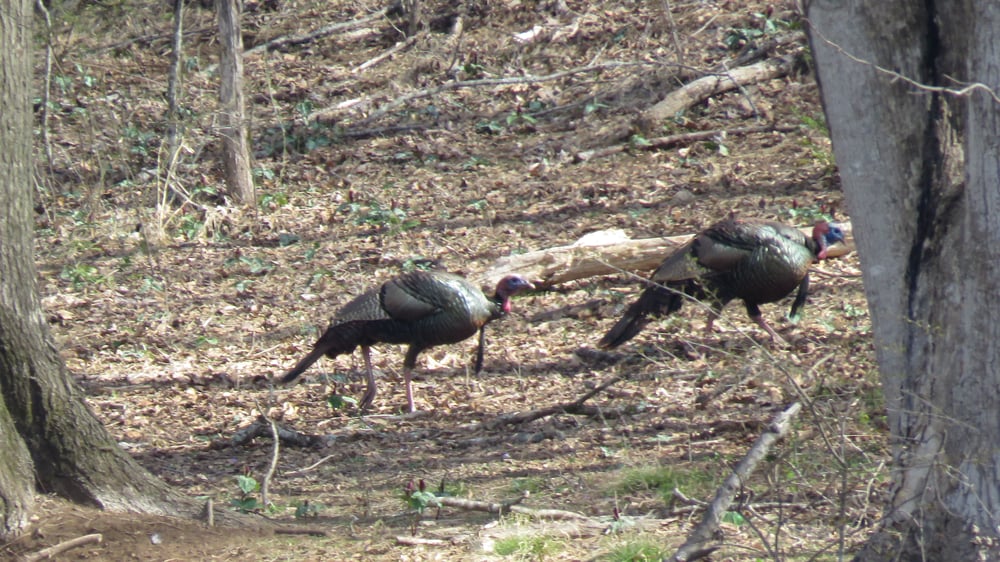
In reading several books about Brown, it is noteworthy to see how he developed the talent to detect the presence of wildlife or even tiny insects by the tracks and other evidence they leave behind.
In his sixth handbook, “Tom Brown’s Field Guide to the Forgotten Wilderness”, he details how we often overlook wildlife in urban areas and places we do not relate to containing wild creatures.
We would do well to emulate his teaching if we expect to catalog the wildlife residents on any property that we own or may be considering purchasing.
Visual Indicators of Wildlife
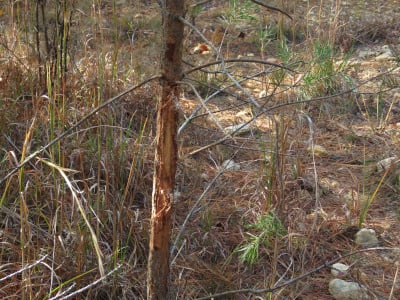 There are many visual signs that wildlife leaves behind, in addition to tracks.
There are many visual signs that wildlife leaves behind, in addition to tracks.
Deer leave rub marks on trees where they polish their antlers in the fall each year. They also establish scrape lines where they rake back the leaves and debris and deposit urine as territorial markers. The scrape is also scented with the secretions left by the inter-digital gland between the cloven hooves.
They also often locate scrapes beneath overhanging limbs that they lick and rub, which leaves a scent from the pre-orbital and forehead glands. These signs are in addition to the scat, which is usually a cluster of small, pellet-shaped droppings.
Additional indicators of the presence of deer can be the disturbance of their favorite food sources.
If the tips of greenbrier seem to indicate that they have been sheared off, it is a good sign. Greenbrier and tender honeysuckle are their favorite foods, as are young soybeans and other succulent foliage. Deer are browsers who eat leafy buds. Another favorite is acorns.
Deer are crepuscular, meaning they are more active in periods of low light. Keep these habits in mind If you desire to hunt, view or photograph them.
A good sign to observe for birds (especially gamebirds) is to look for dusting spots
They will seek out dusty spots where they will leave a bowl-shaped depression that may have feathers, tracks and marks from wingtips where they fluttered. They dust in these spots to smother parasites such as mites.
Quail favor foods such as lespedeza and a wide variety of seeds and insects. Low-growing lespedeza is a favorite, but they will feed on Sericea and Bi-color lespedeza (a very tall Asian variety) when the seeds fall to the ground below.
Quail have the unique habit of roosting on the ground. They back up in a small circle with their heads facing outwards. During the long night hours, they will deposit droppings in a central location noted by quail hunters as “roosts”. In cold weather, these roosts may be located in honeysuckle tangles that provide some protection from the elements.
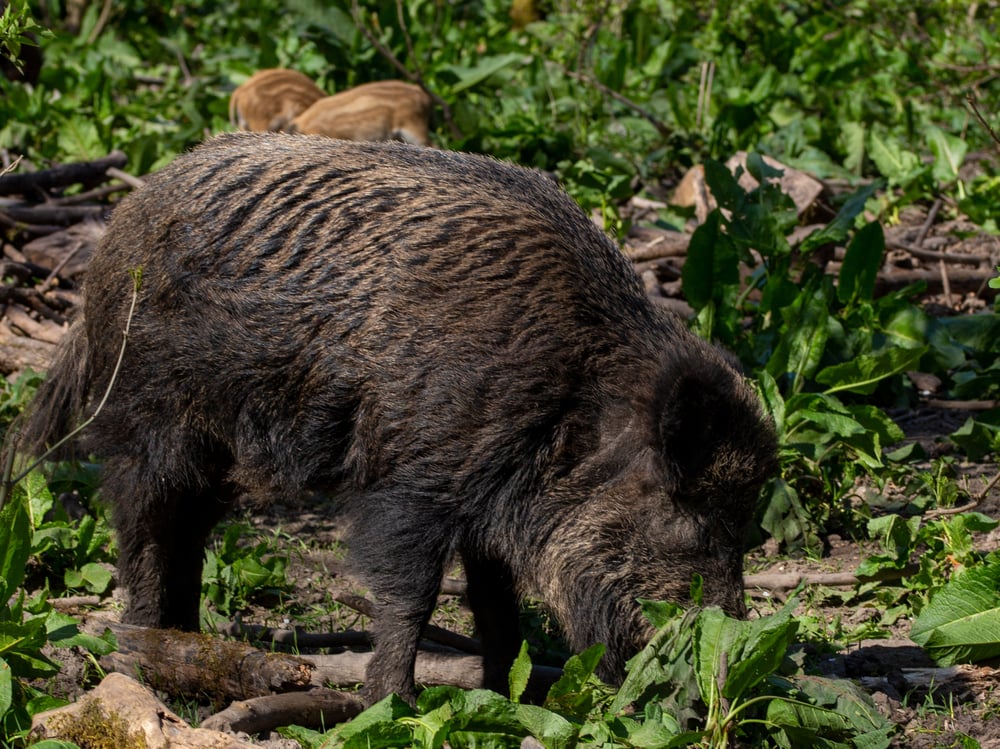
Hogs
Wild or feral hogs are considered a pestilence and are very destructive to crops, making them an enemy to farmers. Indicator signs of hogs are wallows and muddy rubs on the lower trunks of trees. Hogs are the favorite targets of many hunters and are excellent table fare.
Hogs have very poor eyesight but a keen sense of smell. Their hearing is good, but when they are feeding, they are noisy, so a close approach is possible if the wind is favorable.
Trail Cameras
If you are serious about assessing wildlife on property that you are considering purchasing or inventorying wildlife on a property you own, consider purchasing some trail cameras to capture photos for evaluation. These devices are motion-activated and can record still images or videos as desired.
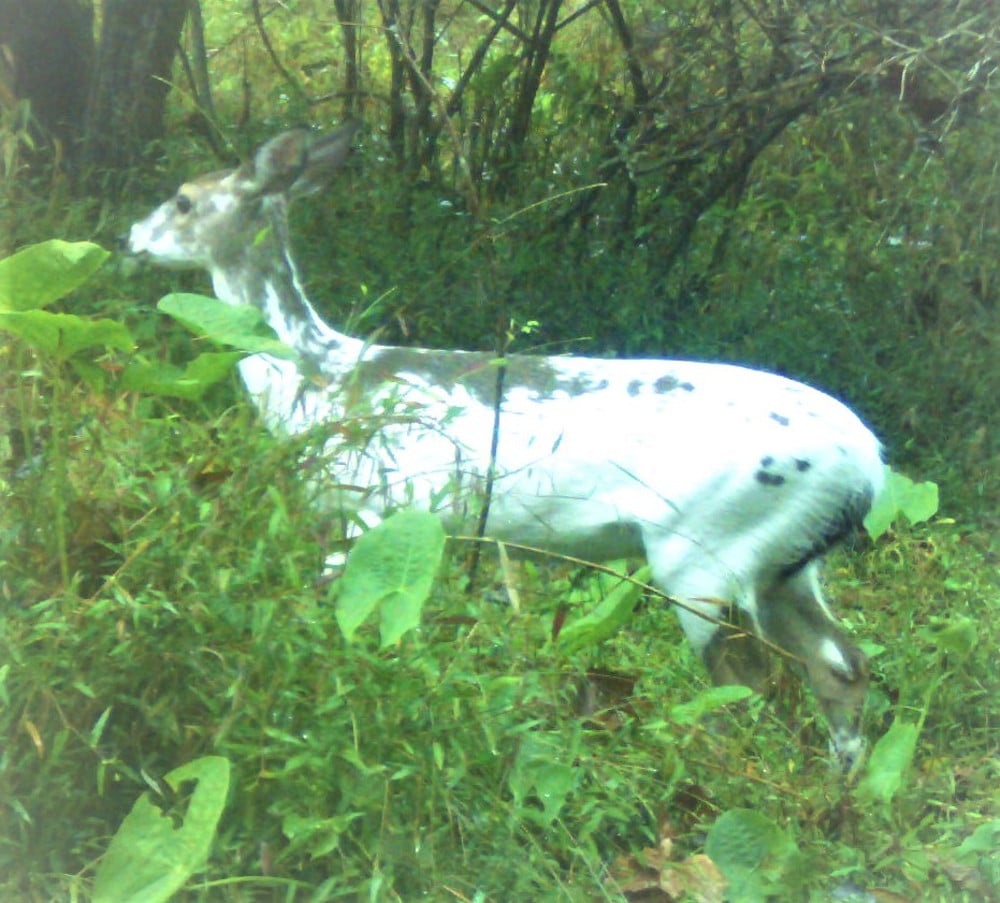
Significant improvements have been made in the capabilities of trail cameras in recent years. With the development of cellular trail cameras, it is possible to sit at your computer and view animals at the camera site. This allows for evaluation without the possibility of leaving scent at the camera site or bumping into an animal during your visit.
Other innovations include cameras that transmit data to a “master” unit so that multiple sites may be monitored from one camera, thereby minimizing disturbance.
Whether you are a hunter, a photographer or merely enjoy observing wildlife, these are a few tips on determining species, populations and favored locations.
The rural landscape is a rich tapestry of the exciting and fascinating wildlife that can enrich our daily lives.


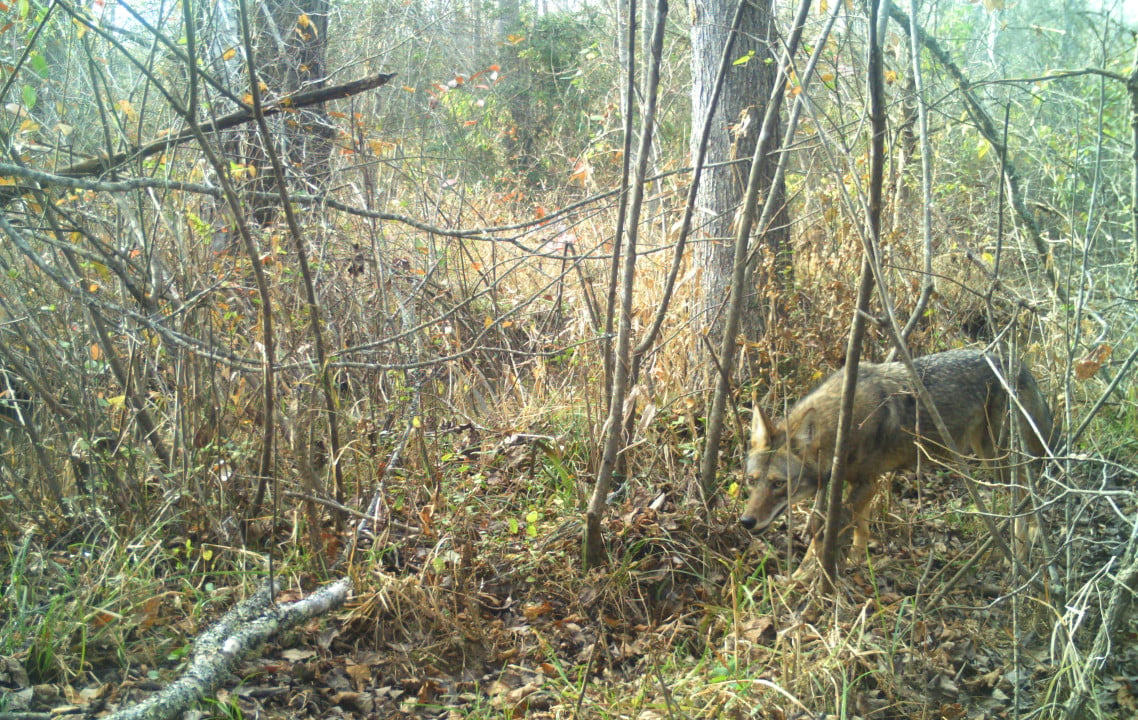

.jpg)


















